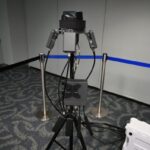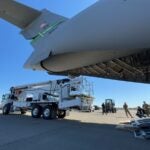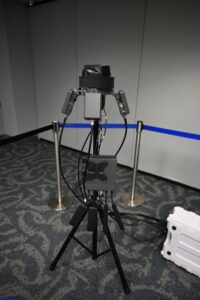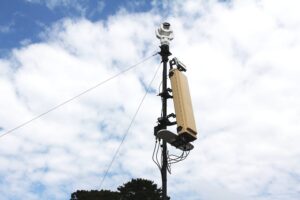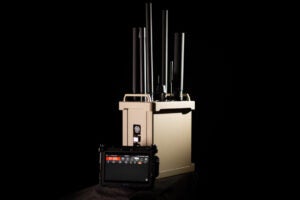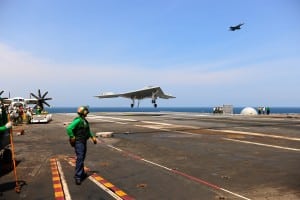
Navy Secretary Ray Mabus announced on April 15 the creation of a new office and senior civilian official charged with boosting the profile of unmanned systems.Mabus will appoint a Deputy Assistant Secretary of the Navy for Unmanned Systems to bring together stakeholders and operators and streamline development efforts. Additionally, the service is standing up a new office under the N9 office for warfare systems to “champion” robots, drones and unmanned underwater vehicles and better integrate them in operations, he said…


